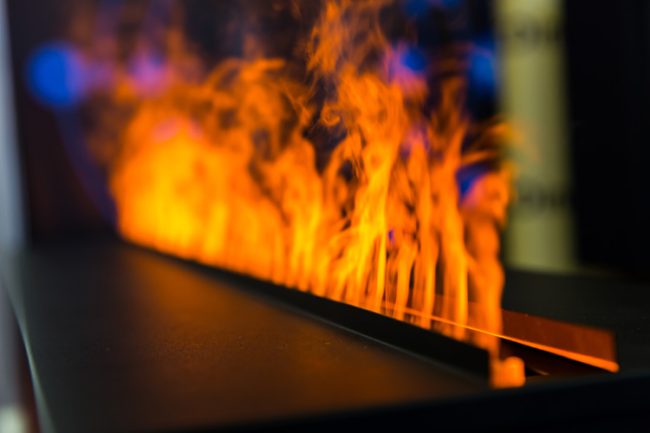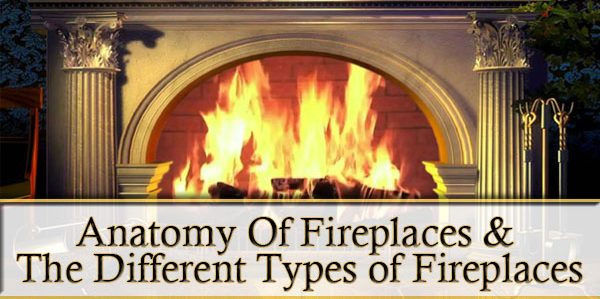Fireplace Installation Costs 2024
In 2025, the cost of installing a fireplace varies based on the type of fireplace, materials, and installation complexity. Here’s a detailed breakdown to help you plan your budget: 1. Gas Fireplaces: Installation Cost: $2,300 to $10,000 Description: Gas fireplaces offer convenience and efficiency, providing instant heat with the flip of a switch. They require…


